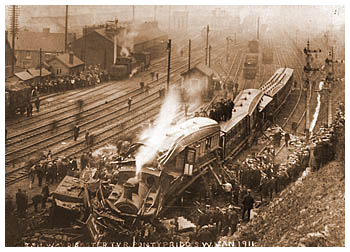
| Hopkinstown | |
| The 1842 Tithe Apportionment Map of Llanwonno Parish and its accompanying schedule provide valuable information on the origins of the village of Hopkinstown. From it we can see that no dwellings were located where the village later developed. Rather, the whole area was part of the fifty-one acre Ty Mawr Estate owned by Evan Hopkin. However, by the end of the decade a transformation had occurred. Gyfeillion Colliery and the old Ty Mawr shaft had been sunk and coke ovens, chemical works and an iron foundry built. The development of industry created a need for housing. Hopkinstown began to develop as a single row of houses known as Rhondda Road on the 1851 and 1861 census. Not until the 1871 did the name Hopkin's Town, as it was spelt then, first appear on the census. We can assume therefore that the village of Hopkinstown takes its name from the aforementioned Evan Hopkin, owner of the Ty Mawr Estate at the beginning of the 1840s. Hopkinstown's population grew quickly throughout the second half of the 19th century. By the 1891 census we see that additional streets had been built to the previously one street village. Its population had almost reached 1500 inhabitants. Ten years later, Hopkinstown's population had doubled and its size further increased. Indeed, the layout of the village a hundred years ago remains remarkably similar to today. |
|
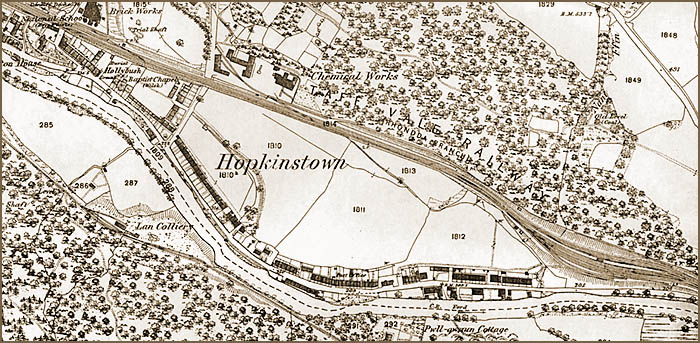 |
|
| Hopkinstown Rail Disaster | |
| A significant event in Hopkinstown's past was the rail accident that occurred on the Taff Vale Railway on January 23rd, 1911. Throughout their histories, mining villages of South Wales experienced death and tragedy. Indeed the loss of eleven lives as a result of the Hopkinstown railway disaster was relatively small in comparison to the loss of life seen in many mining disaster. However, the incident attracted considerable attention and sympathy for the victims as a result of the graphic accounts that appeared in the press of the time. Huge crowds gathered on Graigwen Hill to witness the scene of carnage. Furthermore, prominent figures had been amongst the passengers. Members of the South Wales Miners' Federation were travelling to a special conference of the Miners' Federation of Great Britain being held in London. The accident occurred at a point where ten sets of rails were about to merge into two. Two signal boxes, one at Gyfeillion Lower and a second at Rhondda Cutting, controlled the rail traffic on this particular section of track. |
|
The scene of devastation |
At 9.48 am a passenger train travelling in the direction of Pontypridd passed Gyfeillion Lower signal box under clear signals with about a hundred passengers aboard. However, as it was rounding the curve immediately before the Rhondda Cutting signal box, the train collided with a coal train that was stationery on the same line. The effect of the sudden retardation caused the body of the leading carriage to part from the underframe. The underframe rode up under the impact and pierced the following carriage at seat level. Several of the other carriages were derailed. The driver of the passenger had a remarkable escape as his engine had left the rails but managed to stay upright. |
| Shortly after the collision a train travelling up the valley arrived and stopped allowing a number of passengers to alight and provide assistance. Fortunately it was unobstructed by the wreckage. The train then continued to Trehafod bringing the first news of the disaster. A large detachment of troops and metropolitan police, stationed at Pontypridd in the aftermath the Tonypandy riots and general industrial unrest, were despatched to the scene. The dead were moved to a nearby engine house that was used a mortuary while the injured were placed on a special train to the nearest hospital, Cardiff Royal Infirmary. | 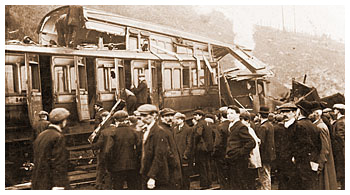 |
| A preliminary inquiry was conducted the day after the accident at the New Inn Hotel, Pontypridd where several workmen and officials were interviewed. The coroner's inquest was opened at Pontypridd Police Court on the following Thursday. It heard conflicting evidence regarding the signalling of the coal train between signalman Hutchings at Gyfeillion Lower and signalman Quick at Rhondda Cutting. The jury was unable to apportion blame and so returned an open verdict. However, the jury went on to pass a strong vote of censure to the driver of the coal train for not promptly complying with Rule 55. This rule required that the fireman of any train standing on a section of line be sent to the appropriate signal box to confirm its position. Less than a month after the disaster, Pontypridd Cottage Hospital was opened on February 16th 1911. | |
| Hopkinstown Coal Industry |
|
| John Calvert, a railway engineer from Yorkshire, was one of the pioneers of the coal industry in the Rhondda. He was contracted to lay the Taff Vale Railway for Brunel but quickly noticed the vast profits of the emerging coal industry. He sank his first pit, Newbridge Colliery, in 1844 and became the first engineer to use steam power to raise coal. It's his machine that can now be seen in front of the old Forest House on the University of Glamorgan campus. Four years later he sank Gyfeillion Colliery. Taking three years to reach the coal seam, it was the first pit to be sunk deeper than 100 yards. After leasing the pit for three months the Great Western Railway Company purchased the colliery in 1854. Following ten very profitable years the company sold it back to Calvert. In 1866 he once more decided to sell the colliery. It was purchased by the Great Western Colliery Company Limited and became known as the Great Western Colliery. | |
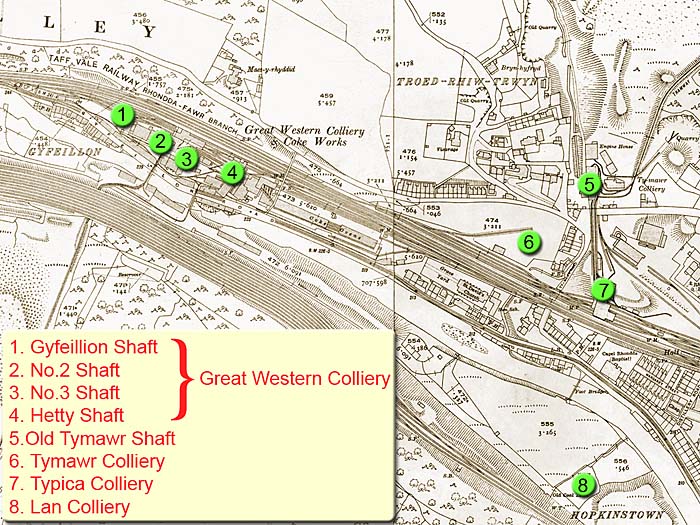 |
|
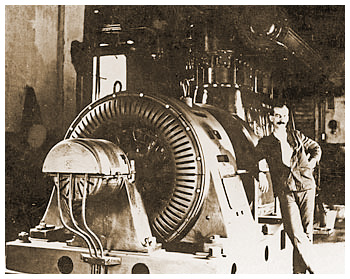 |
A period of expansion followed and by the late 1870s three more shafts had been sunk. (No 2, No 3 and the Hetty Shaft) It's also likely that the Old Ty Mawr Shaft was sunk around this time although it's early history remains unclear. During the 1880s, the Great Western Colliery became the largest pit in the Rhondda for manpower and output. By 1913 the No 2 pit employed 603 men and the No 3 Pit employed 206 men. However ten years later both shafts as well as the Old Ty Mawr Shaft were abandoned. A new Ty Mawr shaft (known as No 1) was sunk and the Hetty Shaft retained to provide pumping and ventilation.
Left: The winding engine at Ty Mawr Colliery |
| The Powell Duffryn Steam Coal Company Ltd later purchased Ty Mawr Colliery and owned it until nationalisation. In 1958 the National Coal Board invested £1.2 million in a surface and underground reorganisation to merge Ty Mawr with the Lewis Merthyr Colliery. All coal winding at Lewis Merthyr ceased as Ty Mawr was used for bringing the coal to the surface, with materials going down Lewis Merthyr. Production ceased at the Ty Mawr/ Lewis Merthyr Colliery in 1983. | 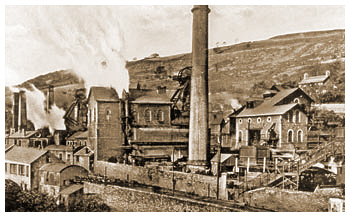 |
Great Western Colliery's greatest disaster occurred on April 11th 1893 when an underground fire killed 60 miners. Sparks from the wooden brake blocks of a haulage engine set fire to nearby brattice sheets. Water was carried from the stables and men beat the flames with whatever came to hand in an attempt to extinguish the fire. However, the strong ventilating breeze fanned the fire causing timber supports and coal dust to ignite. Dense clouds of smoke and fumes were generated. The death toll would have been much greater had it not been for the brave action of Thomas Prosser, the 21 years old district fireman. He ventured into the dense smoke and by opening a set of air doors, he diverted the noxious fumes out of the mine. |
|
